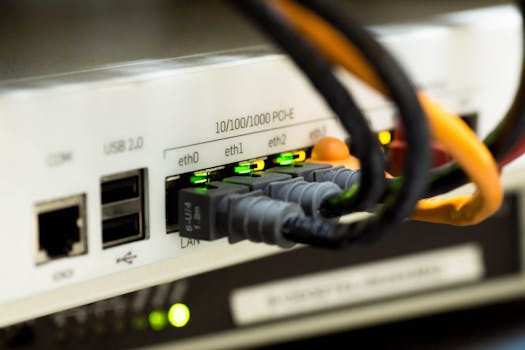
Starlink: The Revolutionary Satellite Internet Constellation
Starlink is a satellite internet constellation developed by SpaceX, aimed at providing high-speed, low-latency broadband connectivity across the globe. The project, launched in 2019, has been making waves in the telecommunications industry with its ambitious goal of providing global internet coverage. With the focus keyword Starlink at the forefront of this innovative technology, we will delve into the world of satellite internet and explore the possibilities it offers.
Introduction to Starlink
SpaceX, founded by Elon Musk, has been at the forefront of space technology and exploration. The company’s mission to reduce space transportation costs and enable the colonization of Mars led to the development of reusable rockets. However, with the Starlink project, SpaceX is shifting its focus towards providing global internet connectivity. The constellation consists of thousands of small satellites in low Earth orbit, working together to provide a network of broadband connectivity.
The idea behind Starlink is to offer high-speed internet access to remote and underserved areas, where traditional fiber-optic cables and cell towers are not feasible. By using a constellation of satellites, Starlink can provide coverage to the entire globe, including areas with limited or no internet access. This technology has the potential to bridge the digital divide and provide opportunities for economic growth, education, and social development.
How Starlink Works
Starlink uses a network of satellites in low Earth orbit, approximately 340 miles above the planet’s surface. Each satellite is equipped with a high-gain antenna and a transceiver, which enables it to communicate with other satellites and ground stations. The satellites are designed to be small and lightweight, with a mass of around 573 pounds, making them more fuel-efficient and cost-effective to launch.
The Starlink system uses a phased array antenna, which allows the satellites to steer and shape their beams electronically. This technology enables the satellites to provide a high-gain, directional signal, resulting in faster data transfer rates and lower latency. The satellites are also equipped with Hall effect thrusters, which use electric propulsion to maintain their orbit and position.
When a user requests internet access, their device communicates with the nearest Starlink satellite, which then relays the signal to a ground station. The ground station connects to the global internet backbone, providing the user with access to the world wide web. The entire process, from the user’s device to the satellite and back to the ground station, takes approximately 20-30 milliseconds, resulting in latency comparable to traditional fiber-optic connections.
Benefits and Applications of Starlink
Starlink has the potential to revolutionize the way we access the internet, providing numerous benefits and applications. Some of the key advantages of Starlink include:
Global coverage: Starlink can provide internet access to remote and underserved areas, bridging the digital divide and enabling economic growth, education, and social development.
Low latency: The phased array antenna technology used by Starlink enables faster data transfer rates and lower latency, resulting in a seamless online experience.
High-speed connectivity: Starlink can provide speeds of up to 1 Gbps, making it suitable for applications such as online gaming, video streaming, and cloud computing.
Disaster recovery: Starlink can provide emergency internet connectivity in the event of natural disasters, such as hurricanes, earthquakes, or floods, when traditional communication infrastructure is damaged or destroyed.
Rural connectivity: Starlink can provide internet access to rural areas, enabling farmers, ranchers, and other rural residents to access online resources, markets, and services.
Conclusion and Future Developments
In conclusion, Starlink is a revolutionary satellite internet constellation that has the potential to transform the way we access the internet. With its global coverage, low latency, and high-speed connectivity, Starlink can provide numerous benefits and applications, from bridging the digital divide to enabling disaster recovery and rural connectivity.
As the Starlink constellation continues to grow, with thousands of satellites planned for launch in the next few years, we can expect to see significant improvements in internet connectivity and accessibility. SpaceX is also planning to use Starlink to provide internet connectivity to its lunar and Mars missions, enabling a new era of space exploration and communication.
However, there are also challenges and concerns surrounding the Starlink project, such as the potential for space debris, radio frequency interference, and the environmental impact of launching thousands of satellites. As the project continues to evolve, it is essential to address these concerns and ensure that the benefits of Starlink are equitably distributed and sustainable.



